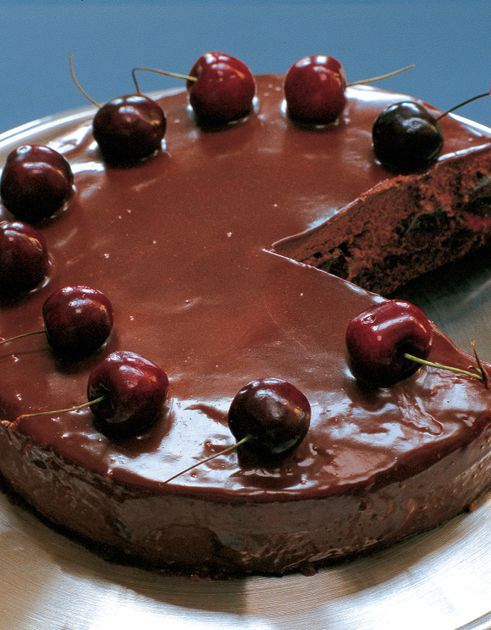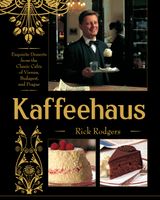🍝 Enjoy the cooking of Italy and save 25% on ckbk Membership 🇮🇹
Fancy Cakes
By Rick Rodgers
Published 2002

In common American usage, a torte means a cake that is made from crumbs or ground nuts instead of flour. In the Austro-Hungarian kitchen, many Torten still use these ingredients, but they aren’t a requirement, and even a cake with flour can be called a Torte. The word Torte comes from the Italian torta, which means “fine cake” and first appeared in print in 1418. (Torta could have derived from the Latin tortum, which can mean “bread” or to “twist.”) The first Torten were savory, and filled with meat, fish, herbs, or vegetables. To this day, a French tourte is always made from meat—and is usually a covered pastry—and even though there are savory tartes, most are sweet.
In this section
Advertisement
Advertisement


